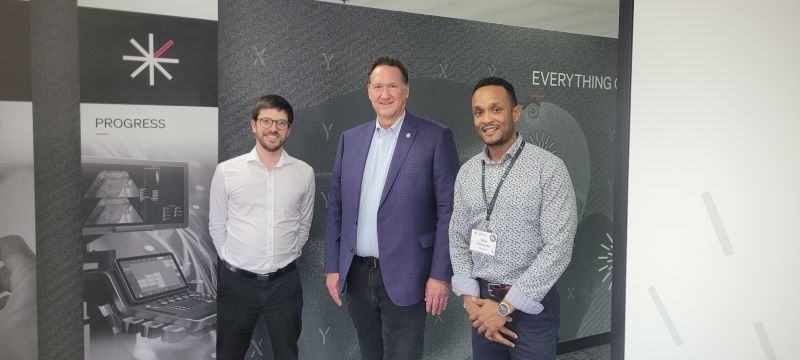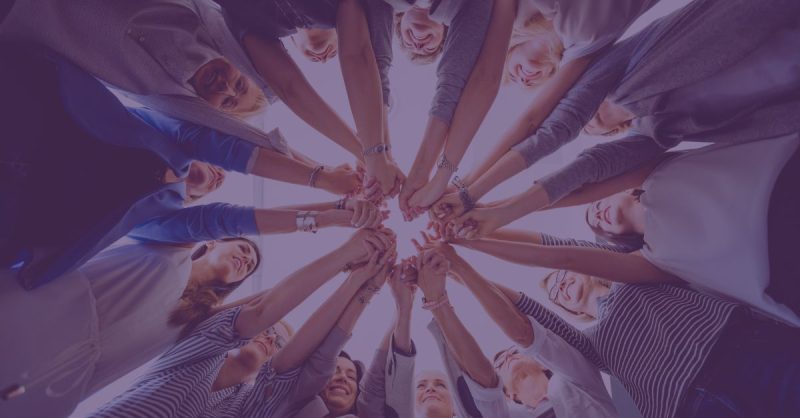

Greenwashing is everywhere. Companies often claim to be making great strides on their environmental agenda but often this amounts to nothing more than window dressing. At Milexia, we don’t believe in taking shortcuts where sustainability is concerned.
We recognise our responsibility as a corporate citizen to our local and international community, as well as the impact of our business on the environment.
We like to think our record speaks for itself, and our employees are encouraged to participate by identifying opportunities that reduce the environmental impact of our activities.
A key part of our comprehensive environmental strategy is our commitment to recycling.
What we’ve recycled
Over the past 18 months, we’ve been working with Esat de Buc to maximise the amount of waste materials that we recycle.
A wide range of materials we use and generate are suitable for recycling, including paper, pods, cardboard, pallets, toner, and other recyclable packaging.
During this period Esat de Buc has collected from Milexia:
- 375kg of Paper Waste. This includes 161kg that was produced through a major sort out of our wastepaper products in December last year.
- 679kg of Packaging. Our December sort-out located 457kg of packaging materials that could be recycled, adding to the total.
- 145kg of Coffee Pods. Like most workplaces, we get through a lot of coffee, but the good news is we’re proactive with recycling the associated waste materials.
- 73 Toner Cartridges
- 46 Plastic Pallets
- 69 Wooden Pallets
As well as recycling materials, we’re always looking for ways to reduce the amount of waste materials we produce. One tangible example of where that strategy is working is in the amount of wastepaper the company generates. In France, a typical office worker produces an average of between 60 and 65 kilograms of paper waste per year, which is well above what we generate here at Milexia.
BRAVO to the team and to our friends at Esat de Buc!
What happens to our materials for recycling?
So what happens to all of that waste material after it’s been collected? Here’s a quick breakdown of how different materials are reused:
Cardboard & Paper
Cardboard reels are used to manufacture new cardboard, while those from food cartons go to make toilet paper, paper towels, or gift wrap. Paper reels are used to produce new newspapers and books.
Glass
The good news is that glass can be recycled indefinitely, so opting for glass containers over plastic is a complete no-brainer! Once crushed, it serves as a base for the production of new jars, pots, bottles, and other containers.
Plastic
There’s been a lot of attention placed on plastic products globally and with good reason. Plastic waste has proliferated over the last few decades with much of it finding its way into the seas. Depending on the type of plastic (PET, PEHD, PP) it can be used to manufacture new bottles, pens, or textile fibres of the kind found in polar fleece sweaters, or as stuffing for duvets and stuffed animals. Recycled plastic is also used to create refuse, recycling and compost bins, water butts and watering cans, bottles, and other plastic objects.
Aluminium & Steel
There is a healthy global market in recycled metals such as aluminium and steel. Steel is melted down and reused to manufacture new products such as nails, pans, or beams. Aluminium can be recycled indefinitely, and after processing it’s reused to manufacture a wide range of items, from scooters to garden stores, and even automotive products. In fact, it takes just under 700 aluminium cans to make a bicycle!
Batteries
Because of the toxic metals they contain batteries are more of a challenge when it comes to recycling. After they’ve been collected they need to go through a de-pollution process, and their metals recovered. Once recycled, they can then be used to manufacture an extensive range of everyday items, including cutlery, automotive parts, and new batteries. In some instances, they may go to produce new raw materials.
A lot done, but more to do
Although we’re proud of the strides we’ve made in becoming more sustainable, we’re not resting on our laurels. Whether it’s through employee education, recycling strategies, and resource-saving, we’re embedding sustainability into our decision-making processes and operational activities. We’re aiming to become leaner and more efficient while increasing resource productivity and setting a positive example to our partners.



